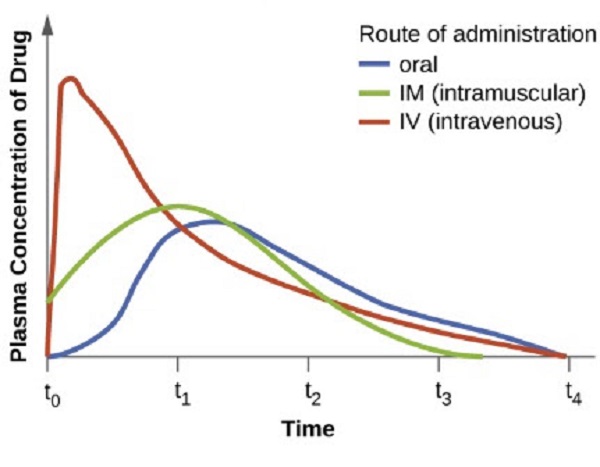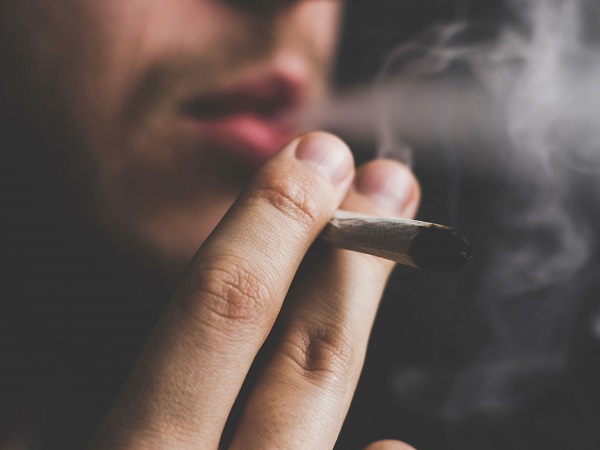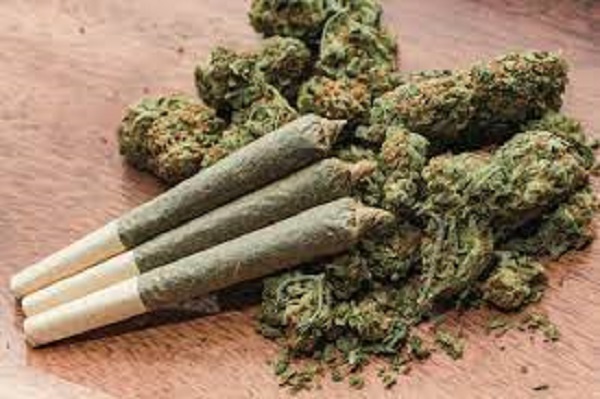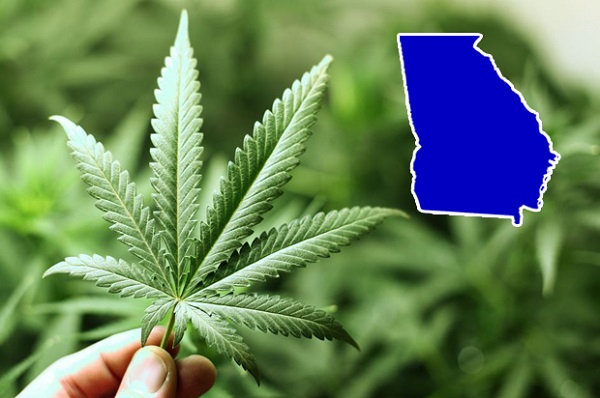If you smoke a joint to enjoy the psychoactive effects of THC, you might be wondering how much of the potent cannabinoid is in regular smoke. Here you will learn how to calculate the amount of THC in a joint and understand what percentage of cannabinoids your body is actually processing.
How do you calculate the milligrams of THC in a joint?
First, let’s define a key term: bioavailability. Bioavailability refers to the proportional active effect of any drug or substance that enters the body. Simply put, your body is unlikely to absorb all of the available compounds in any given substance. Prescription drugs, vitamin supplements, food and beverages have a certain amount of bioavailability when circulating in the body. THC also has a measurable amount of bioavailability, depending on how much your body absorbs, not how much is present in the joint.
To calculate how much THC is in a joint, Dr. Adi Ray, neuroscientist and scientific consultant for Weedmaps, came up with the following formulas and calculation examples:
The weight of a joint (milligrams) times the potency/THC percentage equals the total THC in milligrams.
One gram = 1000 milligrams.
Example: difference between half a gram and a full gram of a 20% THC spliff of the same flower:
1 gram: 1000 mg x 0.20 = 200 mg
Half a gram: 500 mg x 0.20 = 100 mg
If you’d rather skip the math equations, a modern joint may contain between 60 to 150 mg of THC or more, representing a sharp increase from the approximately 10 mg common in the 1970s.
The formulas above tell us how much THC is in a hit of joint, but they don’t tell us anything about how much your body is absorbing from it. That number will depend on several factors, which vary from person to person. These factors include:
- The composition of the joint, ie the ratio of THC to CBD.
- How much THC is lost in the sidestream smoke that leaves at the end of the joint without being consumed, as opposed to the mainstream smoke that you directly inhale and exhale.
- Topography of smoking, it’s your puff technique
- Bioavailability (the proportion of THC that can activate the brain after being introduced into the body and entering the bloodstream)
Ray elaborated on the key components of mainstream and sidestream smoke, saying, “The ratio of mainstream to sidestream smoke produced by a joint varies greatly due to differences in puffing methods. There are several factors in individual tightening. The volume of smoke per puff is usually around 35 milliliters, but can be as high as 55 milliliters (for context, a stack is about 40 milliliters). This volume is determined by the force and the amount of time during which a person inhales.
Mainstream smoke also depends on the frequency of inhalation, as researchers claimed that puffing more frequently increases the amount of THC consumed in mainstream smoke and thus reduces the amount of THC wasted in sidestream smoke.
Ultimately, bioavailability is calculated by measuring the THC in the blood and comparing it to how much THC you started from the joint. Referring to a study published in 2007 in the journal Chemistry & Biodiversity, Ray added: “Inhalation bioavailability varies greatly, with human experiments showing it ranges from 2% to 56% depending on the individual.”
To illustrate bioavailability, Ray provided the following examples using one gram joints and half gram joints.
- One gram joint = 200 mg THC. On the low end, 2%: 200 x 0.02 = 4 mg. On the high end, 56%: 200 x 0.56 = 112 mg.
The bioavailable THC in a 1 gram joint with 20% THC is between 4 and 112 milligrams.
- Half gram joint = 100 mg THC. On the low end, 2%: 100 x 0.02 = 2 mg. On the high end, 56%: 100 x 0.56 = 56 mg.
The bioavailable THC in a half-gram joint with 20% THC is between 2 and 56 milligrams
How does bioavailability affect your high?

In fact, it’s not as simple as bioavailability affecting your high. Ray explained, “Puffing techniques affect your bioavailability. Your high just depends on the dose.”
In other words, the more effective your puff technique, the higher you go. Is there a way to increase your bioavailability to get taller? Ray explained, “Secret breathing is the best method I know of to intentionally increase the bioavailability and effectiveness of your puff technique.”
Proponents of the secret breathing method claim that one inhalation of cannabis can produce the effect of five or even ten inhalations. The technique involves a series of deliberate breaths through pursed lips. Breathing in this way can expand the alveoli in the lungs, allowing the user to take in more THC.
However, Ray offered one caveat: “I would not recommend this for beginners—only for the seasoned toker!”
How much THC do you lose when you inhale smoke?

There’s only one way to know for sure how much THC you’ve lost: get your blood drawn and tested. And if you can do that, Ray supplied the simple formula to figure out the answer: “You subtract the milligrams of THC in your blood from the milligrams of THC you started with.”
The bottom line on THC and bioavailability
How much THC your body absorbs is contingent on several factors, some of which (like puff technique) are within your control. Regardless of how much THC becomes bioactive in your brain, today’s joints are potent and likely to get a novice consumer high. All consumers should exercise caution while experimenting with puff techniques and consult with a medical professional when in doubt.
Conclusion
It appears that most smokers, drug addicts, or vapers inhale, depends on how much thic is in a vape per hit or how much thic in a bong hit, 10 to 30 mg of THC each time they get high. Most people associate dabbing with lifting and swallowing large amounts, but a small sip contains as much THC as simply sharing a modest bowl between two people. These are the things… We hope that today we were as clear as possible and answered this question of interest to everyone!
With the help of this information, you can spin just such a joint that will not be able to knock you down, and maybe vice versa, will take you high in the wind. So… enjoy!












